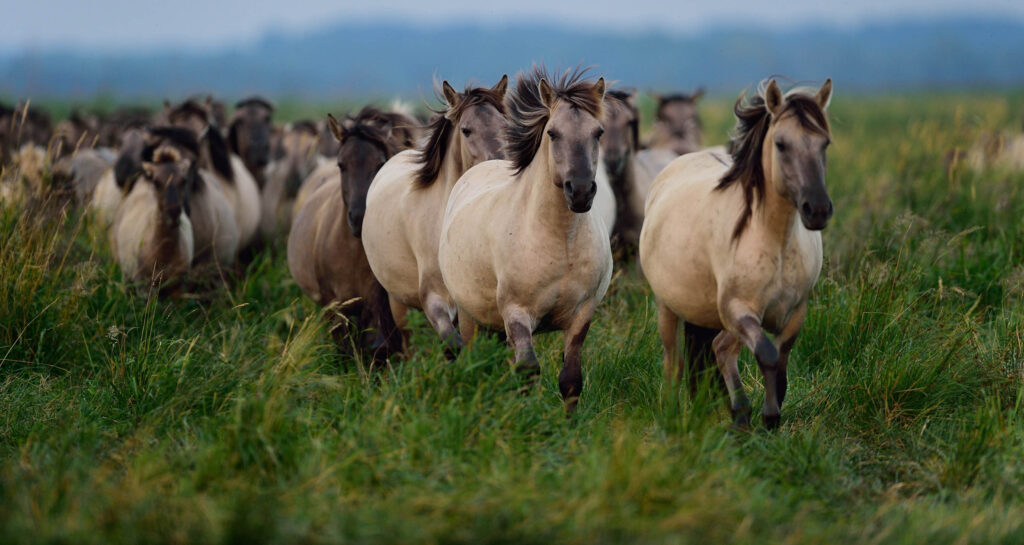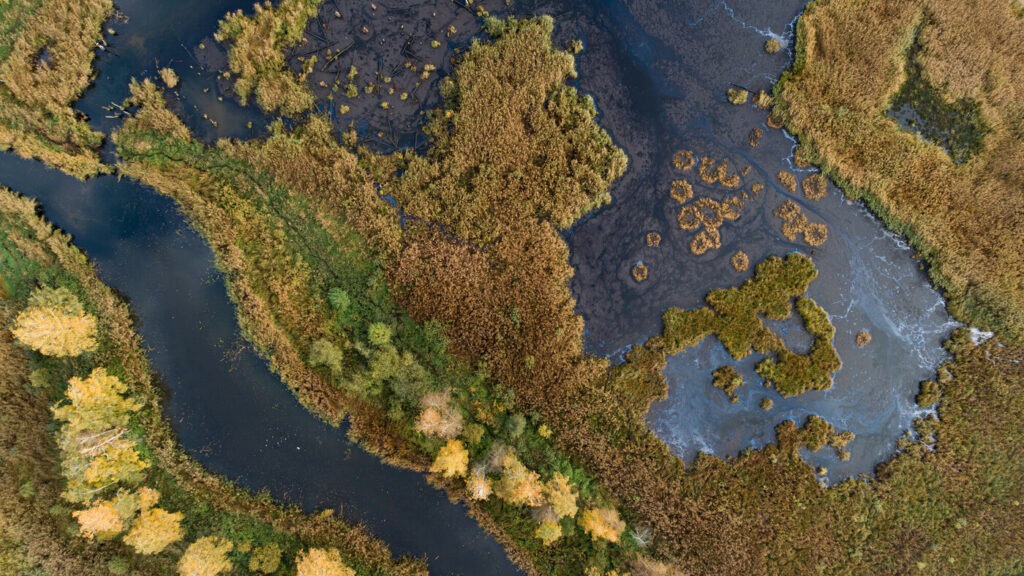World Rewilding Day is about celebrating rewilding and inspiring people and organisations across the globe to become involved in nature recovery. Rewilding Oder Delta joins this year’s event and calls for the scaling up of rewilding as a nature-based climate solution.

A global celebration with local outputs
Last year the first-ever World Rewilding Day was launched on March 20. Organised by the Global Rewilding Alliance (GRA), it raised awareness of rewilding and the need for nature recovery around the globe, inspiring huge numbers of people and organisations to support and participate in practical rewilding.
This year rewilding initiatives from six continents will again join forces on March 20, as the second World Rewilding Day calls for the restoration of wildlife populations to address climate change and keep global warming to an absolute minimum. Rewilding Oder Delta calls for giving highest priority to rewilding and the restoration of ecosystems and its wildlife populations. With our work on restoring peatlands and wetlands in the Oder Delta and supporting the comeback of wildlife such as elk, bison and lynx, we today want to underline that our activities not only have an important impact on biodiversity conservation but also on climate change mitigation.
Rewilding: keeping 1.5 alive
The historic 2016 Paris Agreement saw almost all of the world’s nations commit to efforts to limit the global temperature rise to 1.5°C, which will minimise the risk of extreme climate-related effects. These efforts are currently focused on eliminating carbon dioxide emissions by 2050, through measures such as renewable energy development and electrification.
Yet even if such efforts are completely successful, they will not be enough to achieve the 1.5°C target. This is because there is already too much carbon dioxide in the atmosphere, which now needs to be removed and stored in terrestrial, freshwater and marine environments. Scientific research has shown that allowing and enabling wildlife populations to recover to significant, near historic levels has the potential to hugely scale up this process, thereby keeping global warming below the critical 1.5°C threshold. This science is called: “Animating the Carbon Cycle“.
“By greatly enhancing the ability of ecosystems to absorb and store carbon, the animation of the carbon cycle presents us with a unique opportunity to address the climate emergency and meet the 1.5°C target,” says Vance Martin, President of the WILD Foundation (the founding partner of the GRA). “To ensure the full range of benefits that such animation offers are realised, we urgently need to scale up restoration and rewilding on a global scale.”

#WhyWeRewild
To celebrate World Rewilding Day, every one of Rewilding Europe’s local rewilding teams shared a video from their rewilding landscape, showing #WhyWeRewild. The teams will present their actions on the ground, such as wetland restoration and wildlife comeback, which contribute to healthier landscapes and ecosystems that are better able to absorb and store carbon, thereby helping to address the climate emergency. The first video, from the Oder Delta rewilding team, started the loop, handing over to the second from the Central Apennines team. Please check these out and keep your eyes peeled for the series!
How can you support rewilding?
There has never been a better time to get involved with rewilding. Everyone – from individual citizens to big businesses – can play a role and become part of the burgeoning rewilding movement. Our generation has the opportunity to be the first in human history to upgrade rather than downgrade European nature, both in terms of quality and quantity.
Get involved
- Spread the word: #WhyWeRewild!
Help us to reach out, start a dialogue, and inspire the people around you.
Show them #WhyWeRewild by sharing the rewilding narrative on social media. You can use one of the cards on our dedicated World Rewilding Day web page. - Adopt and share our Rewilding Principles.
- Are you an entrepreneur, conservation or business initiative working to Rewilding Europe’s principles? Join our European Rewilding Network.
- Visit a rewilding area and support rewilding through local nature-based businesses. The European Safari Company offers a range of unique, rewilding-related experiences across Europe.
- Join the European Young Rewilders.
- To donate or choose rewilding as the beneficiary of your organisation’s fundraising activities, please contact info@rewilding-oder-delta.com.
- Learn more by subscribing to the Rewilding Europe newsletter.
- Connect with us online on Facebook, Twitter, Instagram, LinkedIn and YouTube to help spread the word about #rewilding.